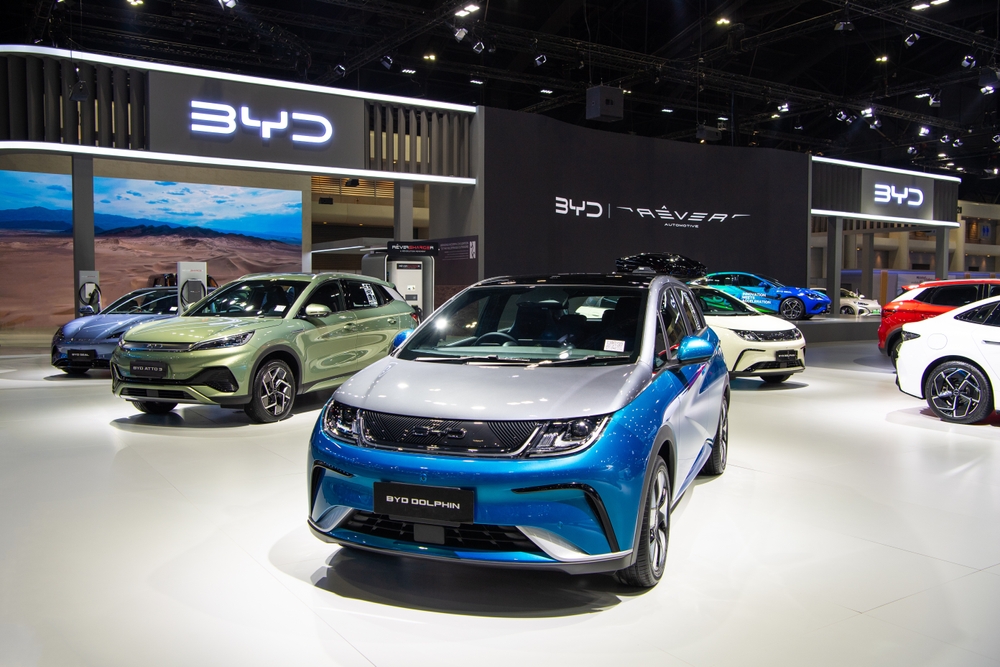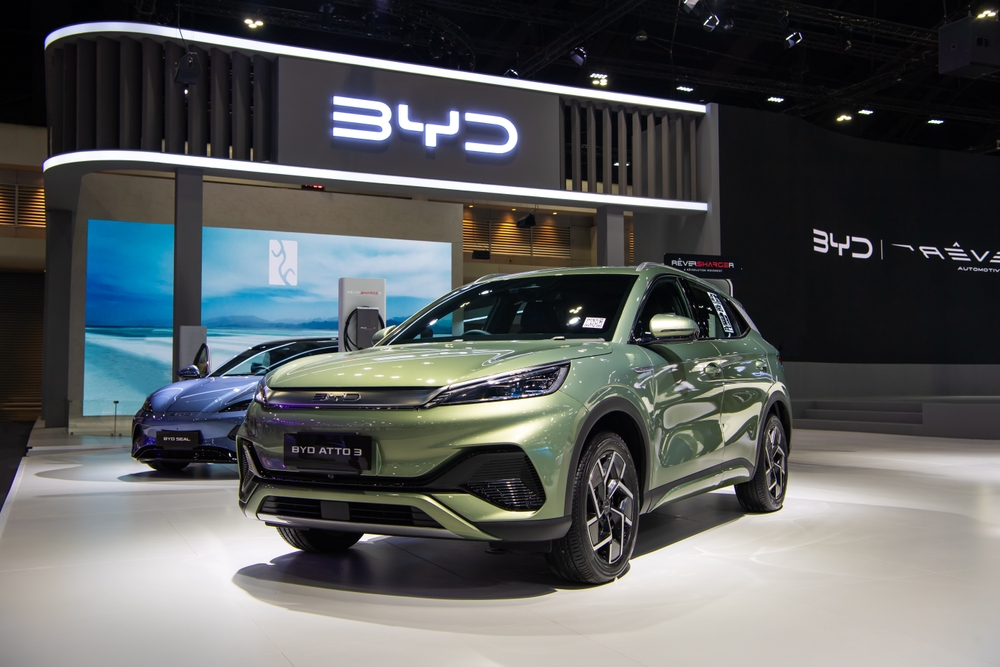BYD vs. Tesla: Which EV Comes Out on Top in 2025?
The electric vehicle race is heating up, and two giants are leading the charge: BYD and Tesla. Once seen as David and Goliath, BYD, China’s electric car powerhouse has now become Tesla’s biggest global rival. As more drivers worldwide weigh their EV options, the question is louder than ever: which one is better in 2025 BYD or Tesla?
We break it down by cost, charging time, range, and overall value to help you decide.
Cost: BYD Dominates on Affordability
BYD continues to offer significantly more affordable options than Tesla. For example:
-
BYD Seal (2025): Starting around $28,000–$35,000
-
Tesla Model 3 (2025): Starting around $38,990–$45,000
BYD also offers a wider range of entry-level EVs, including compact models like the BYD Dolphin, priced under $20,000 in some markets. Tesla, while offering premium build quality and tech, is still positioned as a higher-end brand with fewer budget-friendly choices.
Verdict: If you want value for money, BYD wins on price.

Charging Time: Tesla’s Supercharger Still Rules
Tesla’s Supercharger network is fast, reliable, and widespread—especially in North America and Europe. Tesla owners can charge up to 200 miles in 15 minutes using the latest V3 Superchargers.
BYD’s vehicles support fast charging too, but their access to charging networks—especially outside of China—is still developing. Charging times can vary widely depending on third-party stations.
-
Tesla Model Y (2025): ~15–25 mins (10% to 80%)
-
BYD Seal (2025): ~30–40 mins (10% to 80%)
Verdict: Tesla has the edge in fast, consistent charging—especially for global travelers.
Related: How Much of Tesla Does Elon Musk Own in 2025?
Related: Who Will Be the Next Tesla CEO After Elon Musk?
Range: Tesla Slightly Ahead, But BYD Is Catching Up
When it comes to range, Tesla still leads but BYD has made massive progress.
-
Tesla Model 3 Long Range: ~358 miles (EPA est.)
-
BYD Seal (Extended Range): ~342 miles (CLTC est.)
Note: Tesla uses the more conservative EPA estimate, while BYD uses CLTC, which tends to be higher and less realistic in real-world conditions. In practice, Tesla’s real-world range is still more reliable.
Verdict: Tesla is slightly ahead on range, but BYD is closing in fast.
Global Availability and Ecosystem
Tesla still dominates in North America and Western Europe, but BYD is expanding aggressively into Latin America, Southeast Asia, and even parts of Europe. Tesla has the better software ecosystem (with features like Autopilot, over-the-air updates, and Tesla Vision), but BYD’s newer models also offer high-tech interiors, responsive infotainment, and growing integration with smart systems.
Verdict: Tesla wins on tech and infrastructure, BYD leads in emerging markets and affordability.
Which One’s Better?
It depends on what you value most:
-
Budget-conscious buyers: BYD is unbeatable in terms of price and value.
-
Tech-savvy drivers and long-distance travelers: Tesla’s range, charging speed, and software ecosystem are hard to top.
-
Global trends: BYD may soon surpass Tesla in global sales, especially in developing markets.
Tesla is still king in premium EV tech, but BYD is the people’s champion—and it’s coming fast.
Conclusion
There’s no denying it, BYD is rising fast. The Chinese EV giant is flooding global markets with affordable, efficient, and increasingly high-tech electric cars. It’s giving people real options beyond Tesla, especially in regions where price and availability matter most.
But when it comes to the full EV experience—charging convenience, long-term software support, global infrastructure, and overall polish Tesla still leads. Its Supercharger network, in-house tech, and proven battery range give it an edge that BYD hasn’t fully caught up to... yet.
It’s only a matter of time for BYD as they grow smarter, faster, and more competitive with every new model launch. If Tesla doesn’t keep innovating or drops the ball on affordability, don’t be surprised if BYD takes the lead in the very near future.









